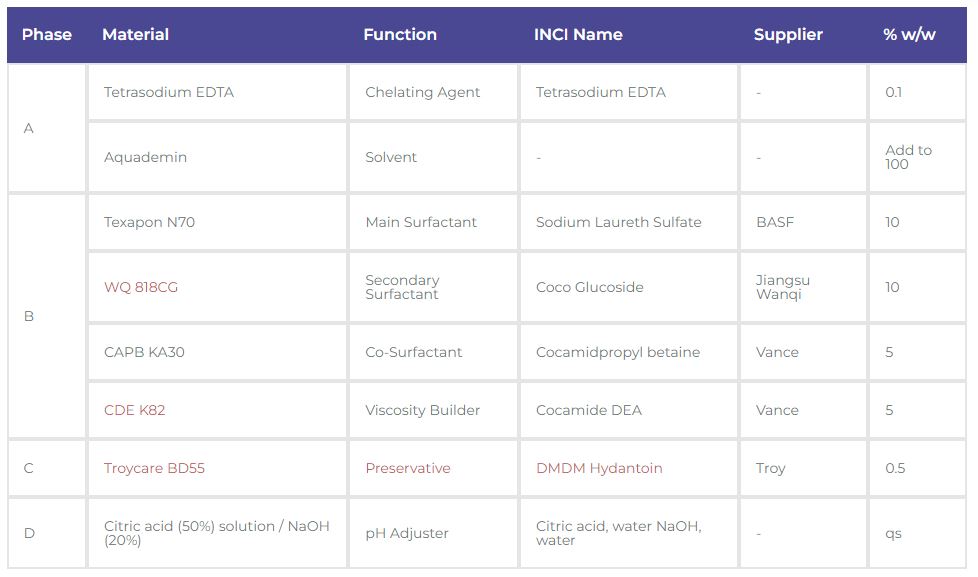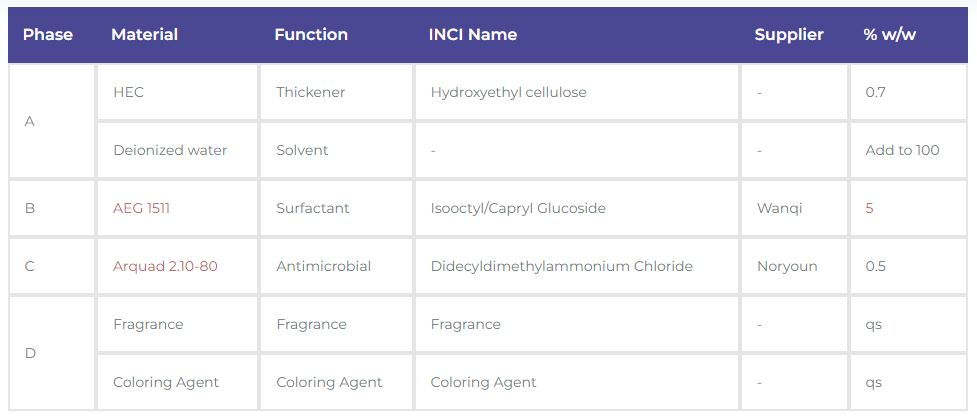In recent years, consumers are inclined towards naturally based, ecologically friendly and sustainable products. Surfactants are a major component of cleaning products and hence there is a shift towards increasing the usage of more natural surfactant technologies. Green labels and sustainability credentials are highly sought after, and many companies try to substitute conventional surfactants with green surfactants like Alkyl Polyglucosides (APG) to avoid using petroleum feedstock. Another green surfactant, Alkyl Ethoxy Polyglucosides (AEG), is a new and improved version of the current APG.
What is Alkyl Polyglucosides (APG)?

APGs are non-ionic surfactants derived from natural fatty alcohols and glucose from renewable plants. They are mild and effective as surfactants in cleaning products.
Different Grades of APGs
End Product Properties
Key Benefits of APGs
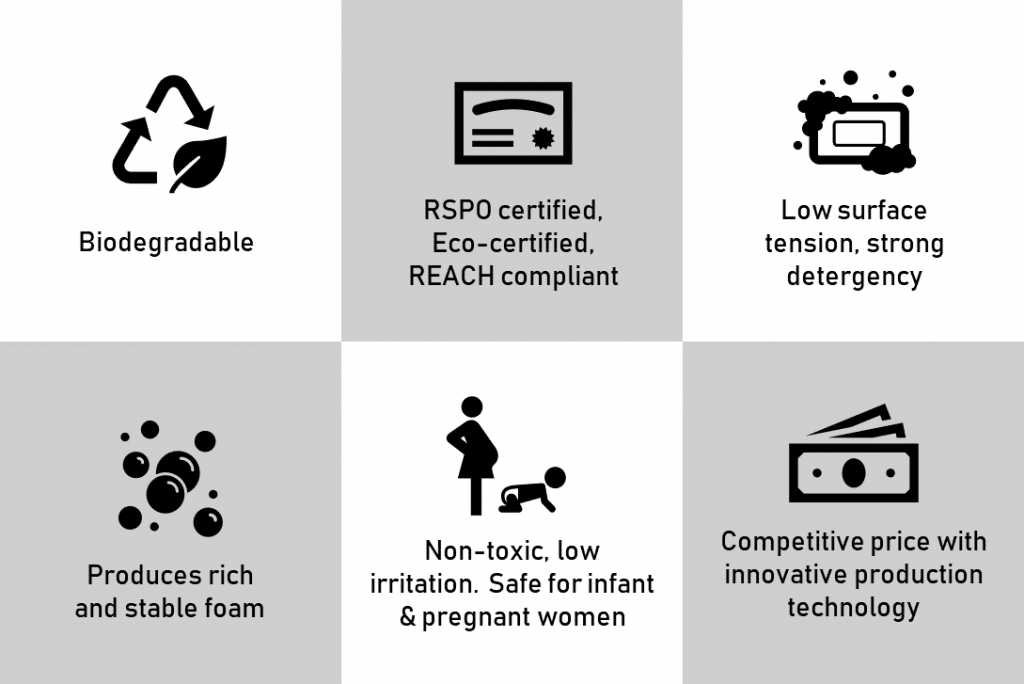
What Is Alkyl Ethoxy Polyglucosides (AEG)?
It is a new non-ionic surfactant where the polyoxyethylene chain was introduced between the alkyl chain and polyglycosides group. Similar to APGs, AEGs are mild, biodegradable and have strong detergency. They also qualify as green surfactants and are RSPO certified, Eco-certified and REACH compliant.
Key Improvements of AEGs
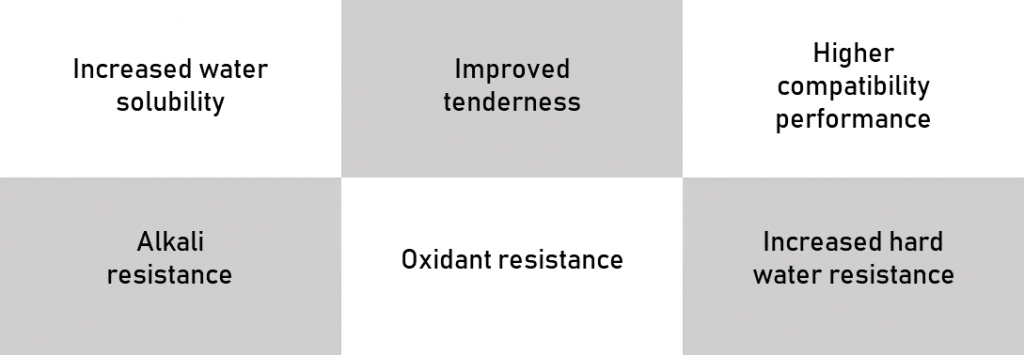
Which Surfactant Should You Use?
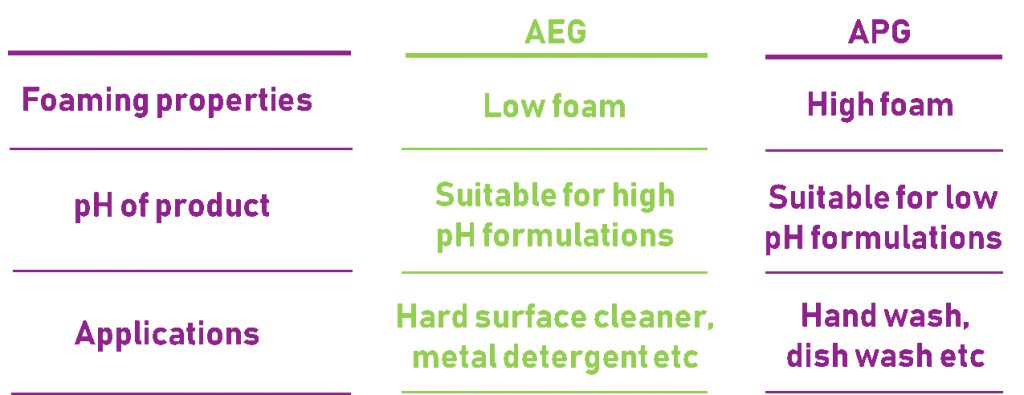
Formulation Guide Using APG: Dish Wash
Procedures
- Predisperse phase A at room temperature
- Add phase B, continue mixing
- Add preservative then mix
- Adjust pH to the range 7 -8
End Product Properties
Formulation Guide Using AEG: Floor Cleaner, Strong Cleaner And Less Foaming
End Product Properties
Procedures
- Heat and mix phase A at 70oC.
- Add phase B then continue mixing.
- Cool down to 60oC, then add phase C.
- Cool down to 40oC, then add phase D.
- Check the pH and adjust if required.
Looking for green alternatives? Having difficulties thickening your formulation?
Contact us for solutions and FREE sample now!


